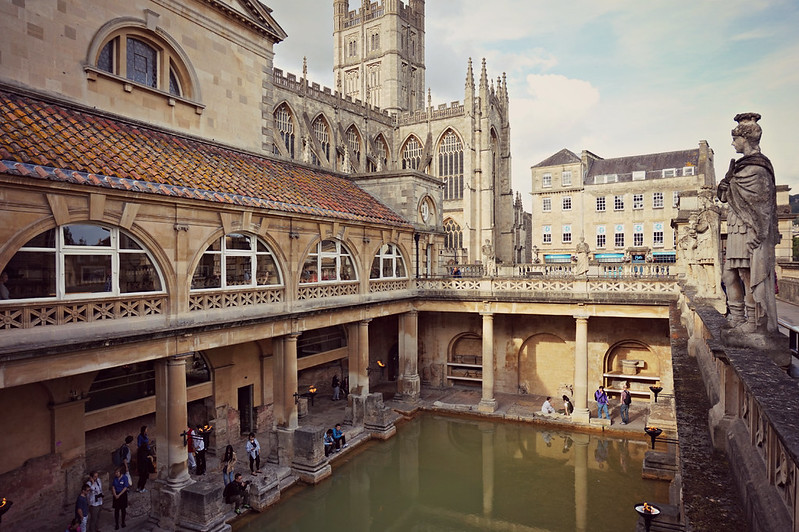
É a principal atracção de Bath desde da sua instalação no século 75 d.C. na época de Vespasiano, conhecida pelas suas águas quentes num clima mais fresco continua ainda hoje a ser admirado por muitos dos que visitam a cidade. Graças á sua descoberta no final do século XVIII hoje podemos ver a grande terma que contém no patamar superior as estátuas de vários imperadores romanos entre eles Júlio César, o próprio Vespasiano e Adriano assim como alguns governadores da região.
It is the main attraction of Bath since its building in the 75 century AD at the time of Vespasian, known for its hot water in a cooler climate continues today to be admired by many who visit the city. Thanks to their discovery in the late eighteenth century today we can see the big bath containing in the upper level the statues of several Roman emperors including Julius Caesar, Vespasian himself and Hadrian as well as some governors of the región.
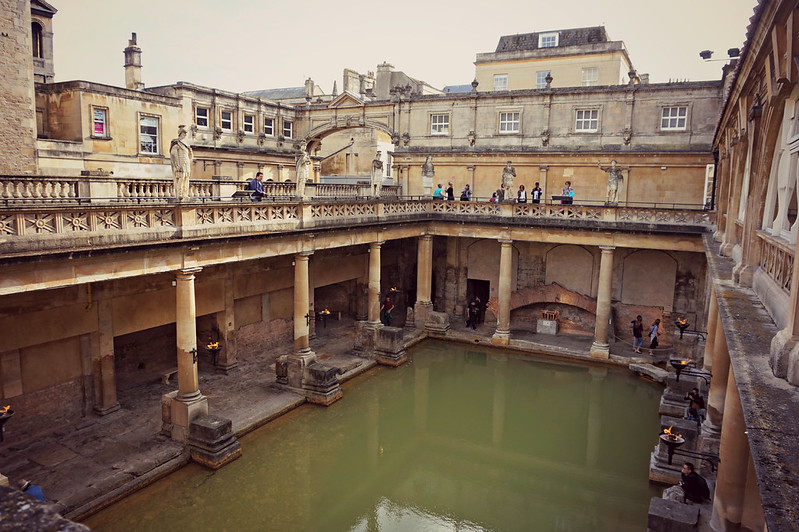
Depois de ver a grande de terma entrámos no museu que nos contou um pouco mais da história de este espantoso edificio chegámos á Fonte Sagrada onde encontramos a origem das termas e onde as temperaturas sobem, aqui podemos ver uma pequena estátua do Rei Bladud. Seguimos a visita passando pelo caldário depois pelo frigidário e o tepidário, onde tentava imaginar o tipo de conversas que se podia ter em qualquer uma dessas piscinas ou banhos. Mais que tratar da sua higiene os romanos utilizavam estes lugares como encontros sociais e até para resolver negócios, achei impressionante o seu estado de conservação ainda que muitas partes foram reconstruídas.
Como comprámos um bilhete combinado com outros dois museus, decidimos visitar as Termas mais ao final do dia uma vez que em Agosto estão abertas até ás 21h.
After seeing the big bath we entered the museum that told us a bit more about the history of this amazing building, then we arrived to the Sacred Fountain where we find the origin of the spa and where temperatures rise, here we can see a small statue of King Bladud. We followed the visit through the caldarium, then the frigidarium and tepidarium, where I tried to imagine the kind of conversations that could have happened in any of these pools or baths. More than take care of their hygiene the Romans used these places as social gatherings and even to solve business, found striking their conservation status although many parts were rebuilt. As we bought a combined ticket with two other museums, we decided to visit the spa more in the evening since August are open until 21h.
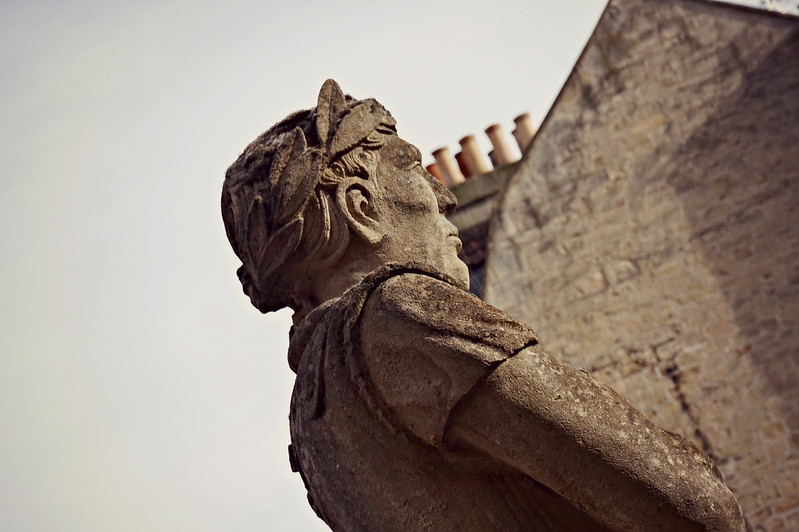
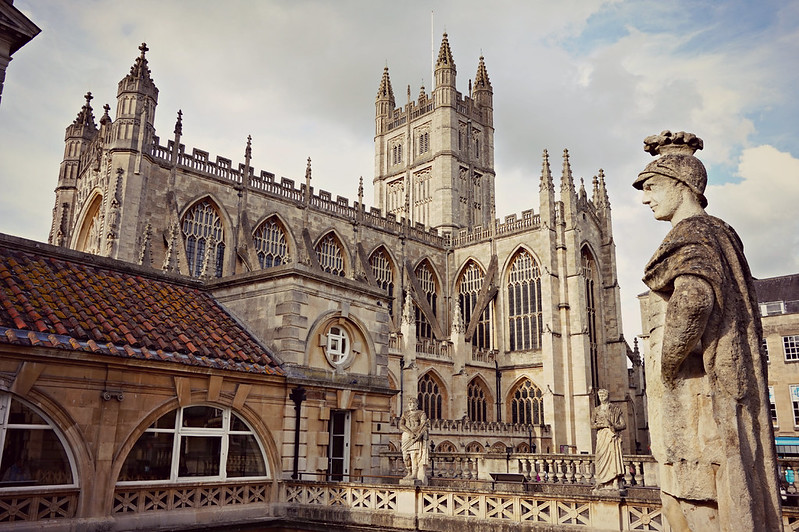
Cabeça de Górgona
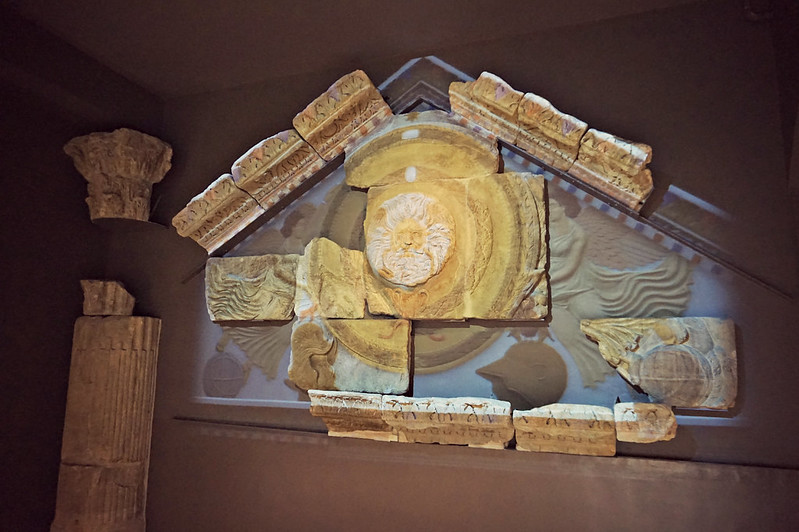
Mosaico Hippocamp
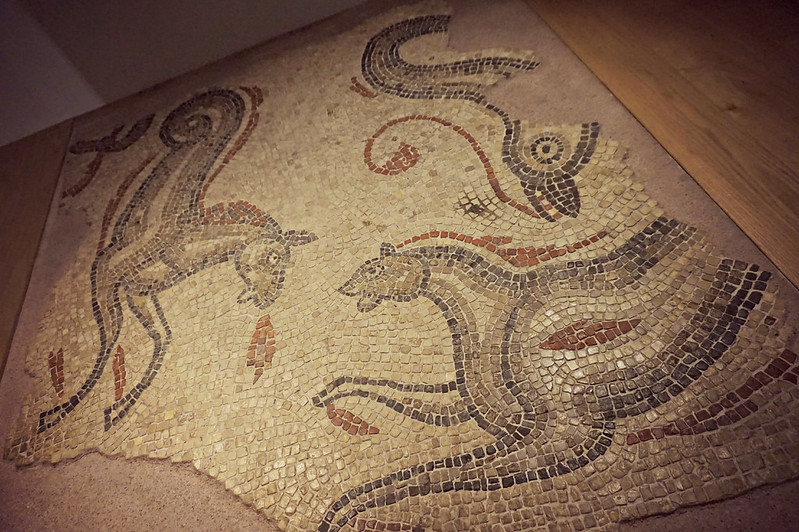
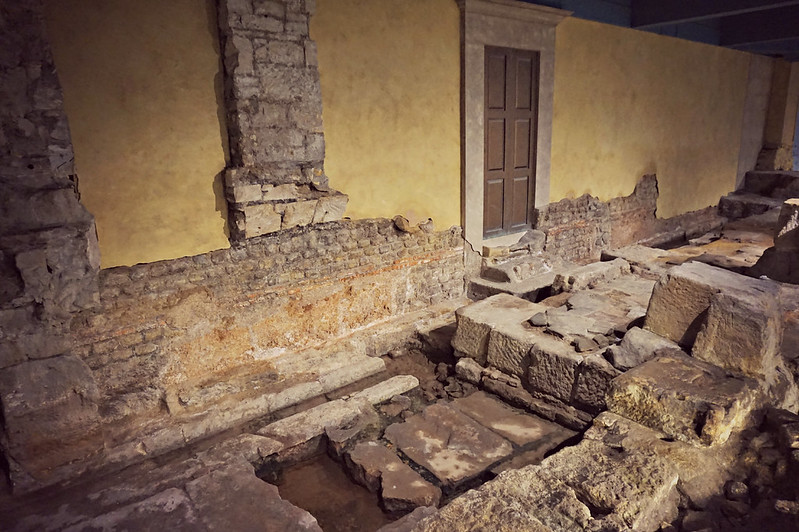
Fonte Sagrada
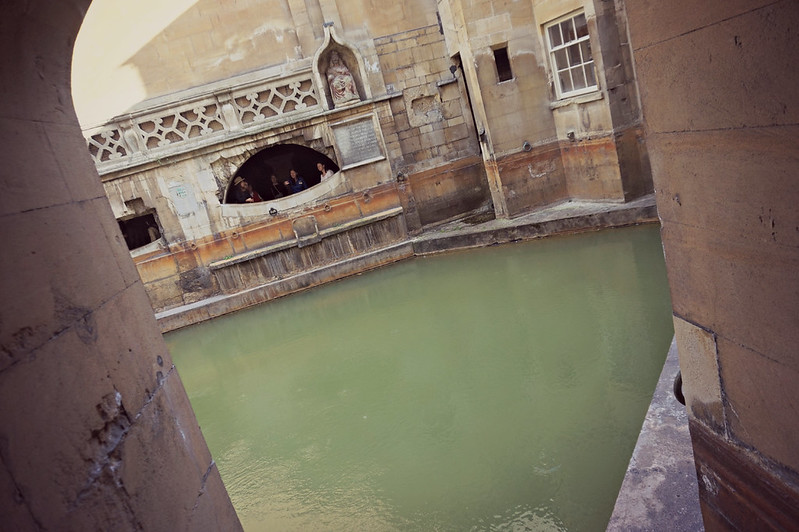
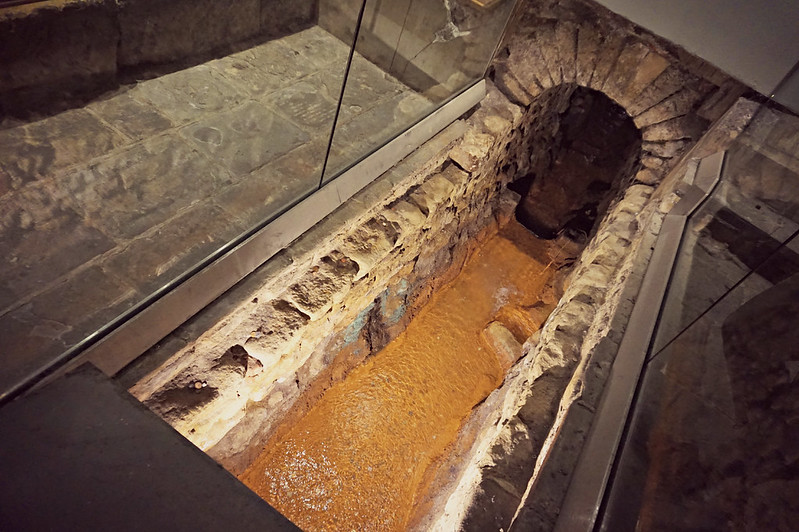
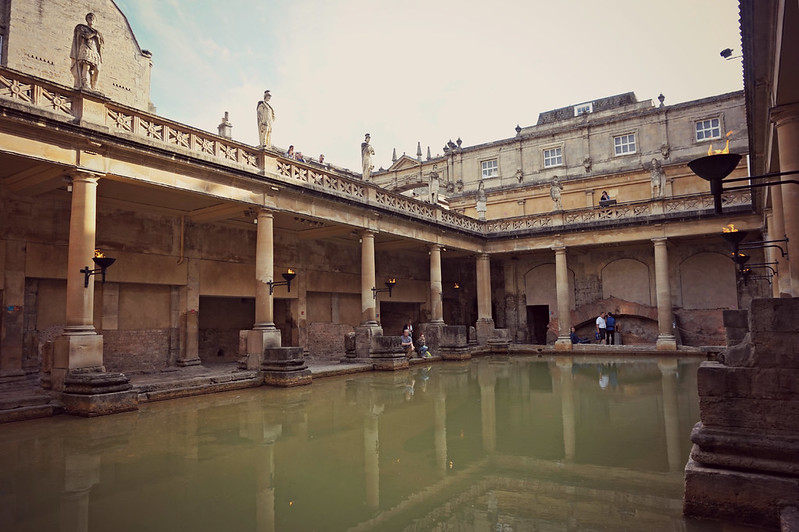
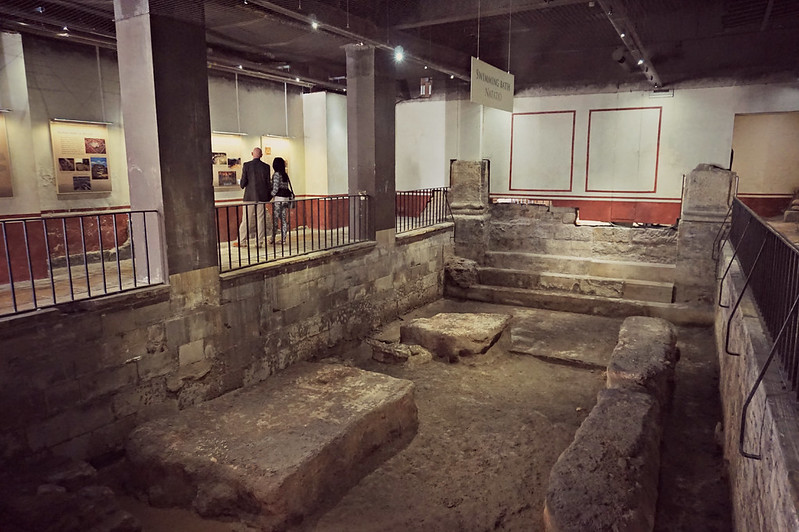
Caldário
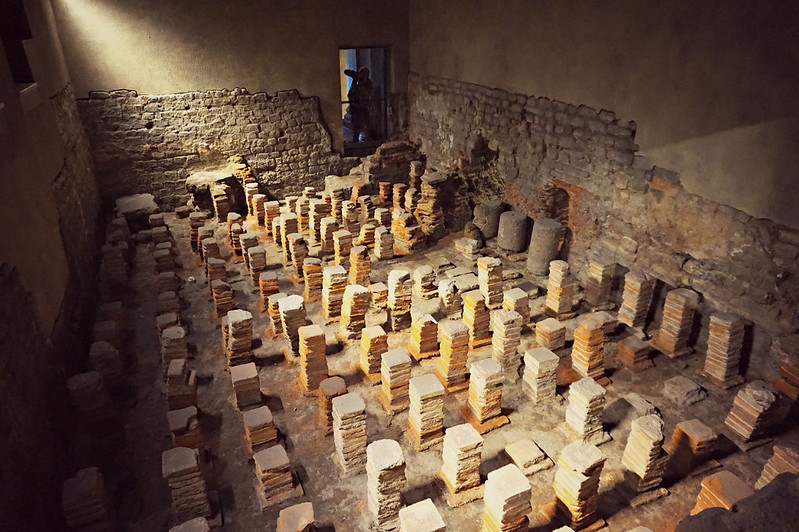
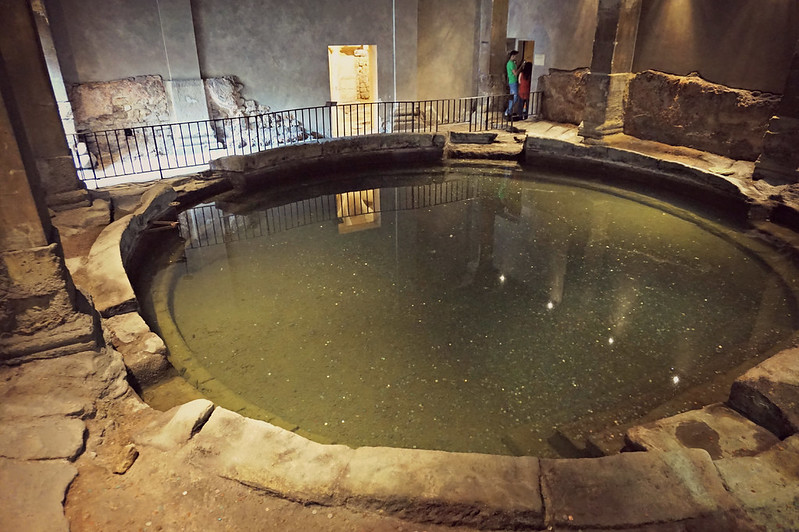
Grande Terma
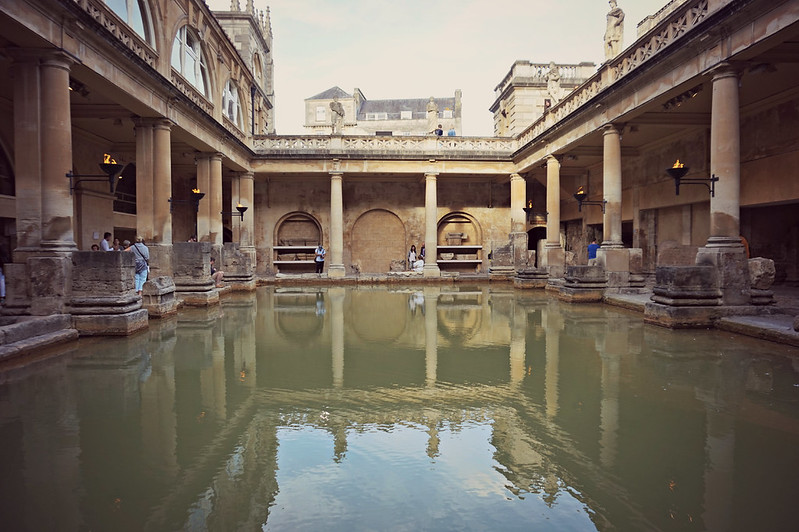
Website: http://www.romanbaths.co.uk/
Entrada: 14,5 libras (em Agosto)/ 20 libras com bilhete combinado com o Fashion Museum e o Victoria Art Gallery
Our guide of:

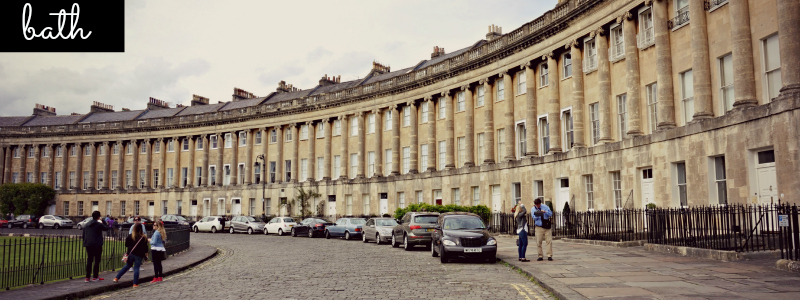
Sem comentários:
Enviar um comentário